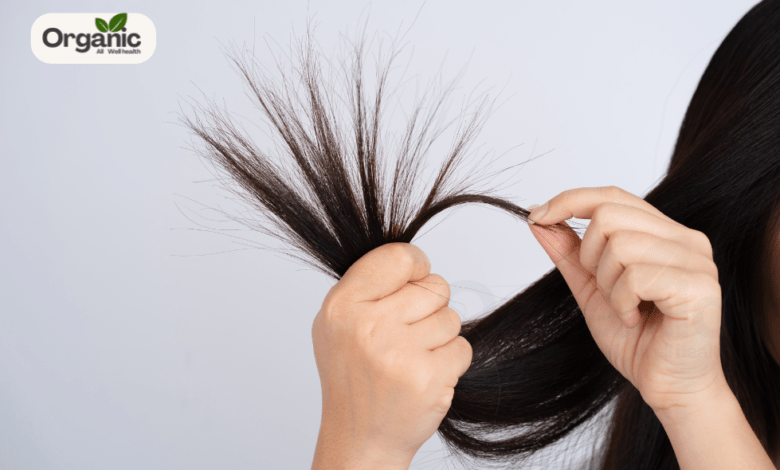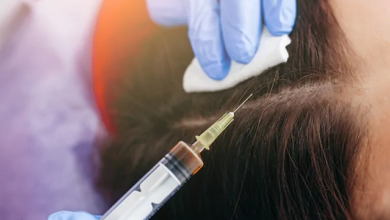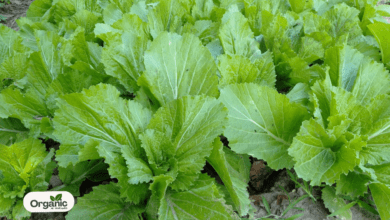What to Know About Split Ends: Causes, Types, and Prevention

Split ends are one of the most common hair issues that people face, regardless of age, gender, or hair type. While many strive for healthy, shiny, and strong hair, split-ends can significantly hinder these goals. If you’re wondering what to know about split ends, this article from allwellhealthorganic is your complete guide to understanding the causes, identifying the different types, learning effective treatment methods, and implementing preventive measures.
Understanding What Split Ends Really Are
Split ends, scientifically known as trichoptilosis, occur when the cuticle layer of the hair becomes damaged and frays. This leaves the inner cortex of the hair exposed, resulting in frayed or “split” strands at the ends. These damaged ends not only make your hair look unhealthy and dull but can also cause breakage, stunted growth, and even hair loss if left untreated.
In simple terms, split-ends indicate that your hair is no longer retaining its structural integrity. Understanding what to know about split ends is essential to maintaining long-term hair health.
Common Causes of Split Ends
The causes of split ends are numerous, and many of them stem from daily hair care habits or environmental exposure. Below are the most common contributors to split end formation:
1. Excessive Washing and Shampooing
Washing your hair every day strips it of its natural oils. These oils serve as a barrier and moisturizer for your hair strands. Without them, the hair becomes dry and prone to splitting.
2. Heat Styling Tools
Frequent use of blow dryers, flat irons, curling wands, or hot combs can significantly weaken the hair shaft. High temperatures damage the protective outer layer of hair, leading to moisture loss and increased brittleness.
3. Chemical Treatments
Hair coloring, perming, relaxing, and bleaching involve harsh chemicals that can degrade the protein bonds within your hair. Over time, this results in fragility and, ultimately, split ends.
4. Rough Towel Drying
Vigorously rubbing your hair with a towel after washing can cause friction that weakens the strands. This physical stress is a leading cause of split ends.
5. Brushing Wet Hair
Wet hair is at its most vulnerable state. Brushing or combing it while it’s wet, especially with a fine-toothed comb, can stretch and break the strands, resulting in split ends.
6. Environmental Factors
Exposure to the sun’s UV rays, pollution, chlorine from swimming pools, and salty seawater can all contribute to hair damage.
7. Tight Hairstyles
Constantly pulling your hair into tight ponytails, buns, or braids places stress on the hair strands, leading to breakage and split ends over time.
Different Types of Split Ends and What They Reveal
Knowing what to know about split ends also includes identifying the different types. Yes, not all split ends are the same. Each type can reveal specific issues related to your hair’s health and maintenance habits.
1. Double Split
The most common type, the double split, resembles the letter “Y.” It typically signifies early-stage damage and occurs when the protective outer layer is compromised.
2. Partial Split
A less severe form, partial splits indicate dryness. This type suggests that your hair is starting to show signs of damage but is still manageable.
3. Tree Split
This form appears when one strand has multiple splits, much like branches stemming from a tree trunk. Tree splits are a clear sign of prolonged damage and often require immediate trimming.
Also Read: How to Clean Your Ears – Complete Guide to Safe and Effective Ear Hygiene
4. Fork Split
As the name suggests, this type resembles a fork with three or more prongs. It is usually caused by extreme dryness and lack of nourishment.
Understanding these types helps you determine how far along your hair damage is and what preventive or corrective steps to take next.
Are Split Ends Harmful to Hair Growth?
One of the biggest myths about split-ends is that they don’t affect hair growth. Technically, hair grows from the scalp, so split ends don’t stop the hair from growing. However, split-ends do prevent length retention.
When the hair splits and continues to split further up the shaft, it weakens the strand and causes it to break. As a result, your hair may grow, but it appears stagnant in length because it’s constantly breaking at the ends.
In short, yes–split ends can be detrimental to your hair’s appearance, health, and growth cycle. To better understand long-term solutions for healthier hair, resources like happyhead can provide additional guidance.
Treatments for Split Ends: What Works and What Doesn’t
When it comes to what to know about split ends, the most important truth is that there is no cure once the hair has split. Any product claiming to “repair” split-ends only temporarily seals the strands with silicone or other compounds but doesn’t truly reverse the damage.
Best Treatment – Hair Trimming
The only surefire method to get rid of split ends is by trimming them off. Experts recommend getting a trim every 6 to 8 weeks to maintain healthy ends and remove any damaged tips.
Products That Help (But Don’t Cure)
- Leave-in conditioners: Provide moisture and reduce further damage.
- Serums and oils: Temporarily smooth the hair cuticle and reduce frizz.
- Protein treatments: Strengthen the hair shaft, making it more resilient.
While these won’t heal existing split-ends, they can prevent the issue from worsening.
Preventive Measures to Avoid Split-Ends
If you’re serious about preventing split ends, you need to adopt a holistic approach to hair care. Here are proven methods that allwellhealthorganic recommends for keeping your hair split-end free:
1. Wash Less Frequently
Washing your hair 2–3 times a week is sufficient for most hair types. This helps preserve the natural oils that protect your hair from environmental and mechanical stress.
2. Use a Wide-Tooth Comb
To detangle hair, especially when wet, use a wide-tooth comb. Start from the bottom and work your way up to reduce tugging.
3. Apply Conditioner to the Ends First
Focus on moisturizing the tips of your hair before the roots. This ensures that the most fragile part of your hair gets adequate nourishment.
4. Avoid High Heat Settings
If you must use styling tools, always apply a heat protectant spray and use the lowest effective temperature setting.
5. Don’t Skip Regular Trims
Frequent trims keep your ends neat and reduce the chance of splits traveling up the hair shaft.
6. Avoid Overbrushing
Brushing too often can cause friction and breakage. Brush only when necessary and use a soft-bristle brush for best results.
7. Eat a Nutrient-Rich Diet
Hair health starts from within. Make sure your diet includes enough:
- Protein (for hair strength)
- Biotin (a B-vitamin essential for hair growth)
- Vitamin E (for scalp health)
- Zinc and iron (to prevent hair thinning)
Final Thoughts
Split ends are more than a cosmetic nuisance—they’re an early warning sign that your hair care routine needs adjustment. By understanding what to know about split ends, you’re better equipped to tackle the issue from both a treatment and prevention standpoint.
Though split ends cannot be repaired once they form, their progression can be halted, and future damage can be minimized. Regular trims, gentle care routines, and a healthy diet are all critical elements of a split-end-free hair regimen.
For more wellness-focused tips and product reviews, continue exploring the latest updates from allwellhealthorganic, where we help you stay naturally beautiful—one strand at a time.
Disclaimer: This advice is for general informational purposes only. It is not a substitute for professional medical advice. Always consult an expert or your own doctor for more information. WellHealthOrganic is not responsible for the accuracy of this information.



